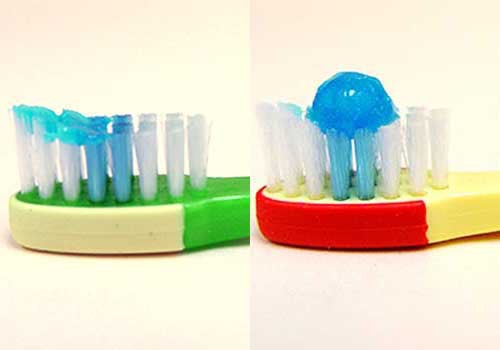Living Well in Myanmar
Protect that smile
It’s safe to say that oral hygiene has room for improvement in Myanmar. Most people are not in the habit of brushing and flossing their teeth daily, while many chew betel nut and smoke cigarettes or cheroots. The fluoride content of water sources is unclear or unknown, and as people climb out of poverty they tend to switch to drinking bottled water.
Last week I saw a 6-month-old expatriate patient at my clinic in Yangon and had to raise dental health as an area of concern. It wasn’t something the parents seemed to have put much thought into. From a preventative medicine standpoint, the doctor’s primary job in taking care of healthy children is to get them vaccinated, look out for their nutrition and try to prevent tooth decay.

Flouride is essential to dental health. It improves the mineralisation process of tooth enamel, meaning it enhances the strength of the outermost layer of the tooth. The US Centers for Disease Control has labeled fluoride as one the greatest public health interventions of the 20th century.
Protecting kids’ teeth is slightly more difficult in Myanmar, however, given the probable lack of fluoride in tap water and the tendency of the middle class and international residents to drink bottled water, from which fluoride is removed through reverse osmosis.
The US Preventative Services Task Force recently updated is fluoride guidelines, recommending that doctors prescribe oral fluoride supplements starting at 6 months for children whose water supply is lacking in fluoride (less than 0.6 parts per million) and that they apply fluoride varnish to the teeth of all children as soon as baby teeth arrive..These guidelines are based on evidence that shows oral fluoride supplements and varnish prevent cavities in children up to 5 years old.
When doctors and parents give children supplemental fluoride it needs to be done carefully during the first 4 years of life, since excessive fluoride can occasionally lead to fluorosis –a lacey white or brown discolouration of the teeth. Daily additional fluoride should be started at 6 months of age with kids getting 0.25mg per day. At 3 years old the amount can be raised to 0.5mg per day.
Making sure kids get the right amount of fluoride is easy when a doctor prescribes daily drops, but these are difficult to find in Myanmar. An alternative approach is to start placing a small amount of toothpaste in a child’s mouth at 6 months old. An average 170g tube of toothpaste contains about 40g of sodium fluoride, which means that for a child under 3 years old it should provide about 160 daily doses of 0.25mg fluoride. That means that a parent need only apply a squirt of toothpaste the size of a grain of rice, or a very thin layer of toothpaste that covers less than half of the bristles of a child-size toothbrush. After age 3, to get closer to 0.5mg of fluoride per day, the amount of toothpaste should be increased to the size of a pea. (See accompanying illustrations.)
Parents in Myanmar should start providing daily fluoride at 6 months of age, whether their child has teeth or not. Because the safe amount of fluoride is quite specific, parents need to patiently help their children with tooth brushing until they are 5 or 6 years old.
Some children need an additional fluoride varnish to help prevent cavities. In my Yangon clinic I talk to parents about eating and drinking habits, bottle usage and their own history of cavities in order to determine whether their child is at risk of dental decay. If we agree that the danger is high, I suggest a fluoride varnish to be applied in the doctor’s office every 6 months.